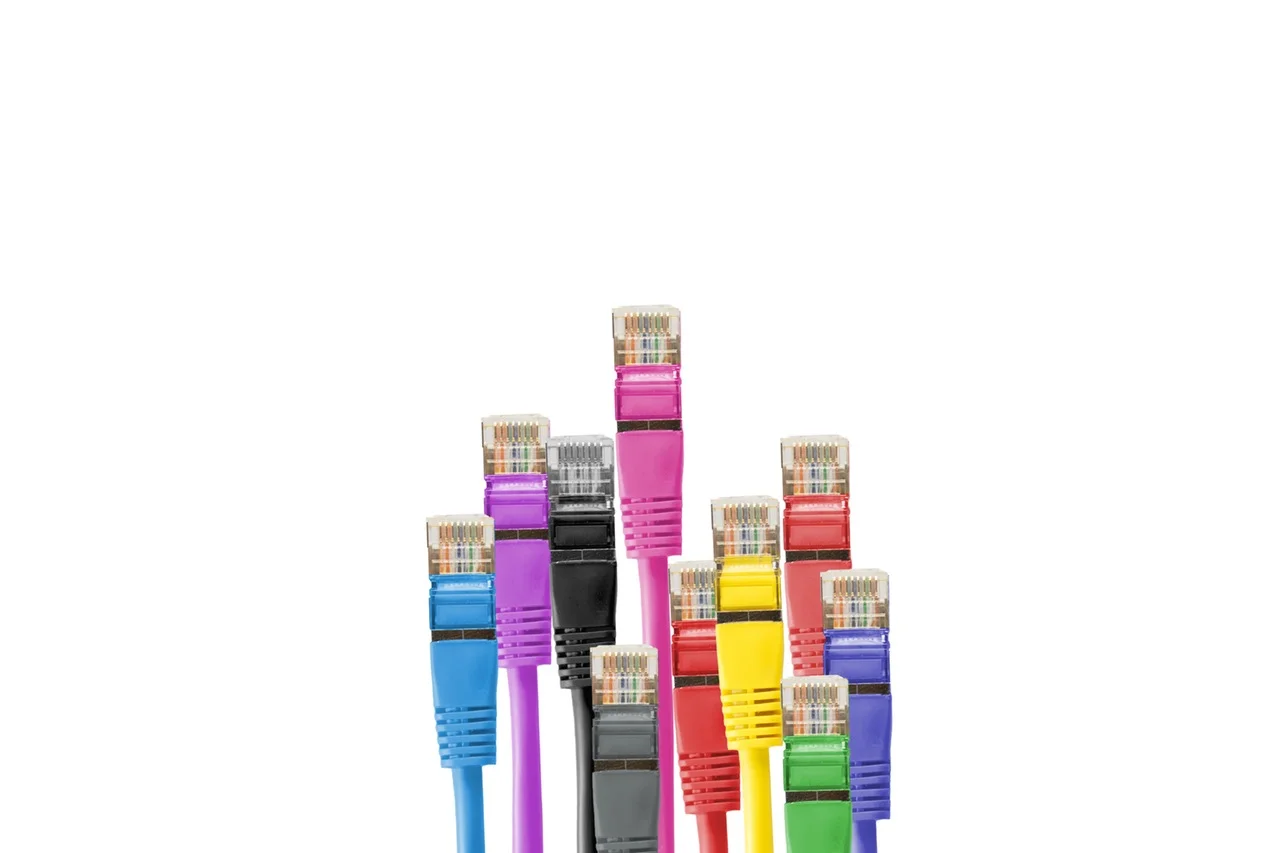In 2005, Verizon Fios became the first large cable & telecom provider to offer fiber Internet. Soon after, “fiber” became synonymous with fast speeds and superior service. Because of this, service providers often find it difficult to win and save customers when fiber is involved. But doing so is possible; the first key is realizing that not all fiber is the same.
It’s Not Just “Fiber”
If you were tasked with selling frozen yogurt and ice cream, you wouldn’t use the same language or tactics for both. You might tout froyo’s tanginess and digestive health benefits or argue on behalf of ice cream’s creaminess. Frozen yogurt and ice cream, while both frozen desserts, are very different. That’s true for fiber, too, which has two main transmission methods: fiber-to-the-node (FTTN) and fiber-to-the-home (FTTH). Knowing the difference between these transmission methods is key to selling and competing against them. That’s because each method naturally affects how customers can use and receive service. Installation, speed, and how many devices the network can support are all influenced by the transmission type.
Personalizing customer conversations and building trust through industry knowledge has shown to result in better outcomes for agents. Yet, when it comes to fiber, agents often try to compete by using generalizations that may or may not be 100% true for that customer’s specific situation. When you use generalizations to compete against fiber, you end up fighting customer perceptions instead of the realities of the service. So, then what are the cold, hard facts when it comes to the pros and cons of FTTN versus FTTH?
Differences Between FTTN and FTTH
The main difference between these fiber transmission methods involves the “last mile” of service. FTTN providers run fiber lines to a central node, and then from there through existing copper or coaxial lines to the customer (think AT&T U-verse). FTTH providers, on the other hand, run fiber lines directly to the consumer’s home, meaning there is no “last mile” (think Verizon Fios).
Fiber-to-the-Node (FTTN); Fiber-to-the-Curb (FTTC)
When competing against a FTTN provider, the most important thing to focus on is that “last mile” of service. This is where copper or coaxial lines are used and therefore are susceptible to problems common with DSL or cable Internet. Here are some specific competitive “gotchas” to focus on:
- “Last mile” service means that the farther away from the node the customer is located, the slower the speeds they will receive. This is because coaxial and copper lines cannot carry the same capacity that fiber lines offer.
- FTTN is a shared connection and may be slower depending on the number of users (both in the customer’s house and in the neighborhood).
Fiber-to-the-Home (FTTH); Fiber-to-the-Premise (FTTP)
Since FTTH has no “last mile” connection, it is not vulnerable to the same issues FTTN has. Despite this, there are still potential “gotchas” providers can use to dissuade customers. The key is to focus on the hassle a customer may face from installing this type of service.
- FTTH providers will need to install a node at the customer’s home. These nodes convert the fiber signal to run through the existing copper or coaxial lines in the customer’s house. They can be both expensive for the customer and an eye sore, though not always.
- If the customer’s house isn’t “fiber ready,” the FTTH provider may need to install fiber lines through the customer’s property. This means long install times – sometimes up to 2-3 weeks – and temporary property damage.
Arm Yourself with Data
Knowing what type of fiber provider you’re dealing with is just step one. To truly compete, it’s important to arm yourself with the key data points for your specific competitor. Becoming a fiber subject matter expert builds customer trust in your brand, and makes it more likely to win or save them from the competition.
Telogical Systems is the premier provider of U.S. cable & telecom pricing and product information including fiber and gigabyte providers. If you are interested to hear more about our services, we’d be happy to chat.

